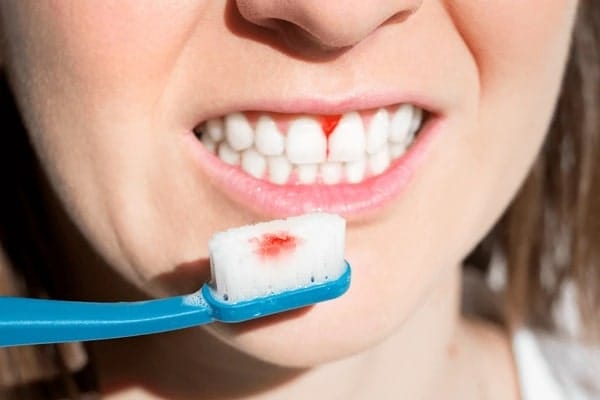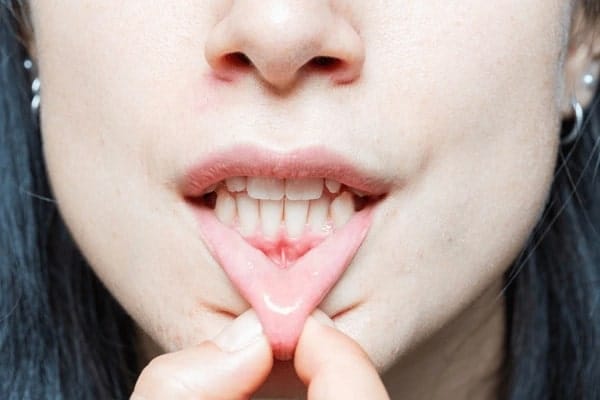Experiencing mild bleeding following a tooth extraction is a normal part of the healing process. However, knowing when and how to manage it safely can be the difference between a smooth recovery and potential complications. Whether you’ve just had a wisdom tooth removed or undergone a routine extraction, understanding post-extraction bleeding and how to manage it effectively is essential.
In this article, we’ll explore step-by-step instructions on stopping dental bleeding after a tooth removal, when to seek help, and how to support the healing process while following professional standards in dental care.
Why Does Bleeding Occur After a Tooth Extraction?
Tooth extraction, whether due to decay, crowding, or gum disease, results in an open socket in the gum. As part of the body’s natural healing process, a blood clot forms to cover this socket and protect it. Bleeding occurs as this clot forms, and in most cases, this bleeding subsides within the first few hours.
Several factors can influence the extent and duration of bleeding:
- The size and location of the extracted tooth
- Medications that affect blood clotting
- Patient activity and post-operative care
- Smoking or alcohol consumption
- Physical exertion too soon after surgery
Bleeding that persists beyond expected timeframes or appears excessive should be addressed promptly with your dental care provider.
How Can You Stop Bleeding After a Tooth Extraction?
The first step in managing post-extraction bleeding is applying firm pressure to the site using sterile gauze. This simple method helps form a stable clot and reduce oozing.
Immediate Actions to Take:
- Bite down firmly on a sterile gauze pad for 20–30 minutes without talking
- Replace with fresh gauze if bleeding continues
- Remain seated or reclined with the head slightly elevated
- Apply a cold compress externally on the cheek to reduce swelling
If needed, a dampened plain black tea bag (rich in tannins) can be used to aid clotting — but this should only be done under the advice of your dentist.
What Should You Avoid During Recovery?
Many post-extraction complications arise from actions that disrupt the fragile clot. It’s critical to avoid any behaviour that might disturb it, particularly in the first 24 hours.
Key things to avoid:
- Do not spit, rinse forcefully, or suck through a straw
- Do not smoke or consume alcohol
- Do not engage in heavy lifting or vigorous exercise
- Do not brush near the extraction site for the first day
- Do not use aspirin unless specifically advised
These behaviours can increase pressure in the mouth or interfere with clot formation, leading to extended bleeding or the risk of dry socket.
How Long Does Bleeding Typically Last After a Tooth Extraction?
Most bleeding should reduce significantly within the first one to two hours. However, mild oozing or blood-tinged saliva may be present for up to 24 hours. If bleeding is persistent or resumes after initially stopping, it may indicate that the clot has been dislodged or that a complication has occurred.
A small amount of visible blood often seems more significant when mixed with saliva, so gauging the true amount can be challenging. If a gauze pad is saturated every 15–20 minutes after multiple attempts to control bleeding, contact your clinic.
What Position Should You Rest in After an Extraction?
Posture plays an important role in clot stability. Lying flat or bending forward can cause increased blood flow to the head and aggravate bleeding.
Recommended positioning:
- Keep your head elevated, including while sleeping
- Use two pillows to elevate your head overnight
- Avoid bending or lifting heavy items that strain the body
Maintaining this posture for the first 24 hours can support clot formation and reduce swelling.
How Can You Tell if Bleeding Is Normal or Concerning?
It’s essential to monitor the bleeding pattern and look for red flags. Not all bleeding is concerning, but some signs should prompt immediate consultation.
Warning signs include:
- Continuous bleeding beyond 4–6 hours
- Formation of large blood clots
- Swelling accompanied by pus or fever
- Unpleasant taste or odour in the mouth
- Visible loss of clot (dry socket symptoms)
If any of these signs occur, contact your dental professional for guidance.
What Role Does Diet Play in Preventing Post-Extraction Bleeding?
Soft, cool foods that don’t require vigorous chewing are recommended in the first 24–48 hours. Avoid anything crunchy, spicy, or hot, as these can irritate the area or disrupt the clot.
Suitable options include:
- Yoghurt
- Mashed vegetables
- Cold soups
- Soft scrambled eggs
- Smoothies (without using a straw)
Hydration is important, but it’s essential to sip water gently and avoid temperature extremes.
When Should You Resume Oral Hygiene After Extraction?
Good hygiene helps prevent infection, but it must be approached cautiously after surgery.
- Avoid rinsing for the first 24 hours
- After 24 hours, gently rinse with warm salt water 2–3 times daily
- Do not use commercial mouthwashes unless prescribed
- Brush other areas of the mouth normally but steer clear of the extraction site for a few days
Cleaning too aggressively can disrupt healing and lead to complications.
How Can You Track Bleeding and Healing Progress?
Use the following table to monitor recovery:
Table: Bleeding Management Timeline After Tooth Extraction
| Time Frame | Action Required | Notes |
| 0–30 minutes | Bite down firmly on gauze pad | Change only if bleeding continues |
| 30–60 minutes | Apply fresh gauze or a damp tea bag | Keep pressure steady, avoid talking |
| 1–4 hours | Continue resting, limit movement | Mild oozing is expected |
| 4–24 hours | Avoid rinsing, spitting, and smoking | Elevate head during rest |
| After 24 hours | Begin gentle warm salt water rinses | Observe for signs of healing or complications |
What Should You Do if Bleeding Persists or Restarts?
Re-bleeding may occur if the clot is dislodged. In such cases, return to gauze pressure for 30 minutes while avoiding any physical activity or oral disruption. If bleeding doesn’t subside after this, contact your clinic for professional assessment.
Where Can You Find Trusted Dental Support in Queensland?
If you’re located in the Palm Beach region and need personalised dental care — whether it’s pre-extraction planning or post-operative support — Palm Beach Dental is your local expert provider. Our team is experienced in all areas of general and surgical dentistry, offering gentle, tailored advice to help you recover smoothly and safely. We prioritise patient education and empowerment, equipping you with the knowledge to take charge of your healing journey. For professional, respectful, and transparent dental care, Palm Beach Dental is here to guide you every step of the way.
Important FAQ’s
Q1: How long should I bite on gauze after a tooth extraction?
It is recommended to bite firmly on a gauze pad for 20–30 minutes immediately after the extraction. This encourages clot formation and helps stop bleeding.
Q2: Is it normal to have blood in my saliva the day after extraction?
Yes, light pink or blood-tinged saliva is normal for up to 24 hours. However, active bleeding that saturates gauze pads should not persist.
Q3: Can I use mouthwash after a tooth extraction?
Avoid commercial mouthwash for the first 3–5 days. After 24 hours, use a warm salt water rinse gently if advised by your dentist.
Q4: What foods should I eat after a tooth extraction?
Stick to soft, cool foods like yoghurt, mashed vegetables, and smoothies without a straw. Avoid hot, spicy, or crunchy items for a few days.
Q5: When should I contact my dentist about post-extraction bleeding?
If bleeding continues beyond four hours despite pressure, or if it stops and restarts with force, contact your emergency dentist or nearest dental clinic immediately.
Q6: Can I lie flat after a tooth extraction?
No, it is advised to keep your head elevated while resting or sleeping to reduce bleeding and swelling.
References
- Australian Dental Association. Oral Surgery Aftercare Guidelines.
https://www.teeth.org.au/aftercare-following-oral-surgery - Better Health Channel Victoria. Dental Health – Extractions.
https://www.betterhealth.vic.gov.au/health/conditionsandtreatments/dental-health-extractions
Disclaimer
All dental procedures involve potential risks and benefits. The information provided in this blog is general in nature and should not be taken as medical advice. We recommend that you seek guidance from a suitably qualified health professional before making decisions about your oral health. Where appropriate, you may also wish to consider obtaining a second opinion.
Any images or videos featured are shared with the informed consent of our patients and are intended for educational purposes only. They are not a guarantee of results, as every patient is unique. Treatment outcomes — including recovery, potential complications, and effectiveness — can vary from person to person.



